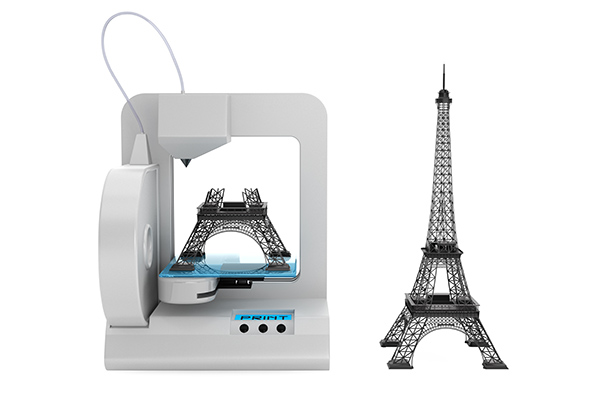
Advanced Materials
Everything is made of something, yet, during the past century, the scientific and technological importance of new materials has not been widely appreciated. Indeed, even though historical breakthroughs in materials science such as the development of steel for replacing wrought iron had enormous commercial impact. The term 'advanced material' has been coined only recently. Large parts of the development underpinned by advanced materials remains invisible to the general public - such as the requirement for high dielectric constant gate materials for ultra-small transistors and advanced alloys in order to improve the efficiency of jet engines. But we can also see and benefit from a lot of innovations - such as scratch-resistant glass for smart-phone screens and optoelectronic polymers for displays. In many cases it is not the material itself that is 'advanced' but rather the manufacturing processes required either for creating it or for mixing it with other materials. Sapphire, for example, has been recognized and used for thousands of years, but the ability to create and produce large, perfect crystals has enabled it to be used as the substrate for the growth of gallium nitride (GaN) films for light-emitting diodes and to increase the scratch-resistance of smart-phone displays.
Social Impact: The next generation of materials can help to solve the globe's most pressing challenges. For example, light weighting solutions increase fuel efficiency and lower emissions for the entire transportation sector. The best materials can help us to ensure the best future for our planet.
Health Effect: Most European societies are ageing and hence more and more people will suffer from illnesses in the future. However, all of us want to live a good life. People will need to replace their hip joints, dentures, prosthetics etc. to improve the quality of their life.
Energy Consumption: Advanced materials help us to lower energy consumption, to increase energy efficiency, to improve agriculture or to scale up enzymatic transformations. Hence, there are many opportunities related to advanced materials.
Advanced materials, High-tech materials, Energy efficiency, Medical implant
Related Topics

3d Printing
3D printing is a process in which a physical, three-dimensional object is formed from a digital layout. It is also known as additive manufacturing ...
READ MORE

Bionics
The term "bionic" means a certain understanding of principles in technology that are "like the natural world" of plants and animals. Basically, thi...
READ MORE

E-health
There is an increased interest in the rapid development of e-Health and the resulting myriad of possibilities for applications to improve healthcar...
READ MORE

Energy Efficiency
No construction lasts forever and at a moment in time, every building needs to be renovated and repaired. Maintenance can however be performed in m...
READ MORE

Future Cities
We are living in the age of urbanization, where the majority of the global population lives in cities instead of rural areas. This of course create...
READ MORE

Gravity
Gravity or gravitation is a natural phenomenon by which all objects are brought towards one another, including stars, planets, galaxies and sub-ato...
READ MORE

Green Buildings
"Green building" is an overarching concept of sustainable architecture and construction that can appear in various forms of expressions. Some exper...
READ MORE

Nanobiotechnology
Nanobiotechnology (bionanotechnology, nanobiology) are terms that refer to the intersection of nanotechnology and biology working at a nano-scale o...
READ MORE

Nanotechnology
From the clothes and sunglasses you wear to computer hard drives and even cleaning products: nanotechnology - often inspired by nature - plays a ma...
READ MORE




